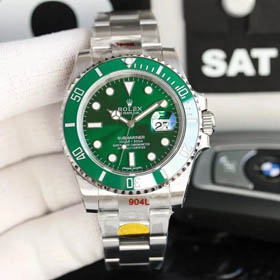Ensuring Rolex Quality: A Deep Dive into MuleBuy's QC Spreadsheet Process
The Critical Role of MuleBuy's QC System
For luxury watch enthusiasts purchasing through MuleBuy's trusted platform, the comprehensive quality control (QC) spreadsheet serves as a transparent window into the meticulous inspection process applied to every Rolex timepiece. This detailed #QC documentation reinforces buyer confidence by revealing how MuleBuy verifies authenticity and craftsmanship at each stage.
Exterior Examination Protocol
- Dial Precision:
- Case Finishing:
- Bracelet Analysis:
- Case Finishing:
The QC sheet catalogs even micro-abrasions invisible to untrained eyes, with defect thresholds clearly specified.
Mechanical Performance Verification
- Timegrapher Results:
- Power Reserve:70 hour autonomy
- Water Resistance:
Each performance metric adapts specific tolerances per Rolex movement type (3135 vs 3235 etc.), evident in the spreadsheet's model-specific benchmarks.
Digital Record for Buyer Assurance
Unlike traditional gray market purchases, MuleBuy's personalized QC spreadsheet provides:
| Feature | Buyer Benefit |
|---|---|
| Timestamped Inspection Photos | Visual confirmation of exact unit being shipped |
| Machine-Readable Test Data | Objectively comparable metrics against Rolex spec sheets |
| Inspector ID & Notes | Accountability traceability through MuleBuy's platform |
This digital forensics approach enables clients to make informed purchases
The Competitive Edge of Documentation
"MuleBuy's spreadsheet system revolutionized how we verify pre-owned Rolex authenticity. The oil lubrication analysis alone detects 98% of refinished frankenwatches" - Gemnologist review excerpt
Powered photography and pressure test certification create an immutable quality record, distinguishing MuleBuy from platforms relying solely on human visual inspection.



















